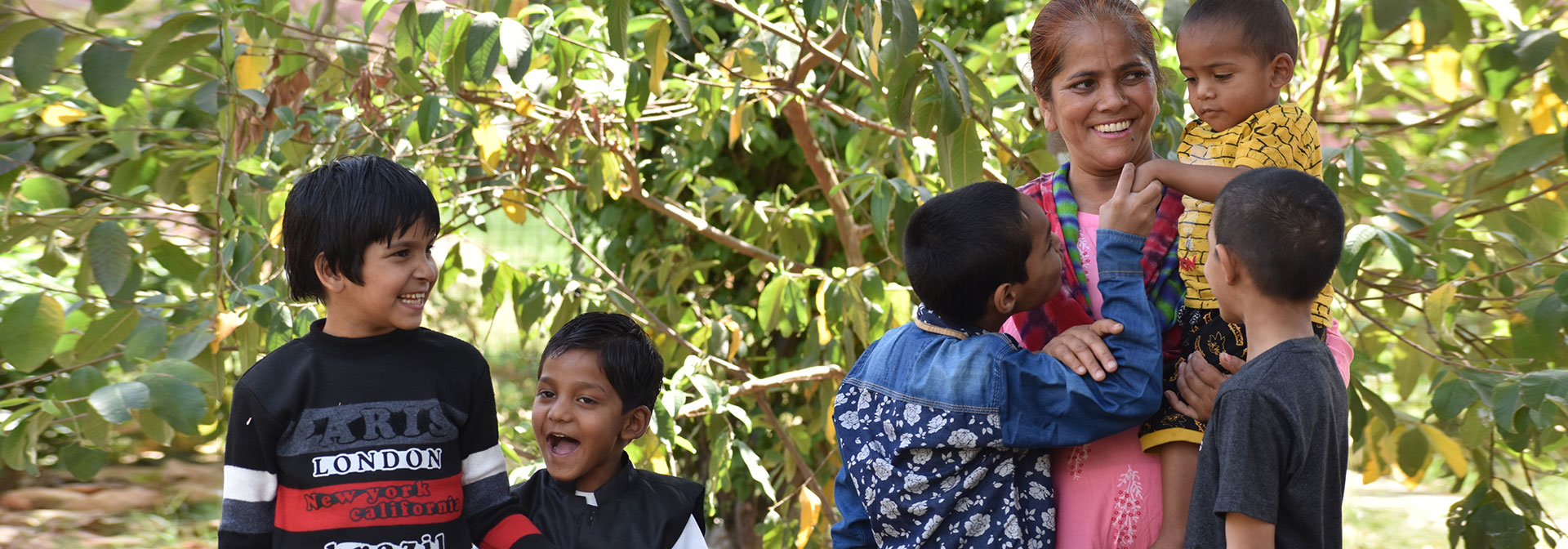
Child Poverty Long term effects
Here are just 5 ways how health of a child can get obstructed by poverty –

Health
There are recognizable side-effects of poverty such as hunger, but there are also lasting side-effects that can go overlooked and follow a child into his/her adulthood.
Brain Development: Conditions that go parallel with poverty (noise, substandard housing, family turmoil, etc.) can be toxic to a developing brain.
Self Confidence: A healthy self-esteem is essential for a child’s health. Children may be vulnerable to various other health problems or unhealthy habits, without strong levels of confidence. And since self-esteem tends to form in childhood and continue through their adulthood, it’s even more significant to help kids feel good about themselves.
Heart Disease: Many studies have depicted that growing up in poverty i.e. with less access to healthy meals, lack of proper attire, and insufficient health coverage, children might be put at a risk for heart disease in their adulthood.
“Learned Helplessness”: Children suffering from poverty tend to grow up feeling as if they have no power to control their situations. This is a growing up pattern that can be a result of long term poverty.
Toxic Stress: The prolonged activation of stress response systems in the body/brain is known as toxic stress. This can occur when a child witnesses strong, frequent, and prolonged adversity-such as emotional abuse or the accrued burdens of family economic hardship-without sufficient adult support.
Education
Poverty can also effect a child’s ability to flourish in school/college. Here are the impacts of poverty on a child’s education –
School Preparation: Students with high income families are entering kindergarten more prepared than those living Below Poverty Line. Families with higher income are able to put more money towards their children’s rational development than those living in poverty. Parents with small incomes, have less funds to send their children to pre-school, and less stable home environments.
School Attendance: Chronic absence (missing more than 10 percent of school a year) occurs three to four times higher in high-poverty areas. Mainstream absent kids are underprivileged, dealing with daily life stresses such as caring for siblings, high rates of disease, violence in the community, and frequent familial moves to find employment.
Educational Fulfilment: Early childhood poverty is related to lower educational achievement.
Bullying: A research stated that children and teens from deprived families are more likely to be bullied than others. They also mentioned that, schools with large economic inequality have the highest rates of bullying.
School Behavior: Strong, secure relationships help stabilize a child’s behavior and provide the essential guidance needed to build lifelong social skills. All the kids who grow up with such associations learn healthy, appropriate emotional responses to everyday situations. But on the other hand, children raised in poor families often fail to learn these responses, leading to poor academic performance.
How can we avoid childhood poverty and its long lasting effects on children?
Given the negative impacts of poverty on a child’s health and development, the health sector and education sector must continue to communicative its implications for child health and society’s future health and productivity.
Living in a situation of constant worry about having the most basic needs being met, like having food on the table, an adequate home, or purchasing needed medication, makes it that much more challenging to be available physically and emotionally to meet a child’s needs.
Programs that create supermarkets with healthful options including farmers markets, and providing safe places for children to play in low-income communities, can promote better nutrition and increase exercise potentially reducing obesity and the consequences of poor diet and inactivity.
Programs that focus on critical periods of development and the prevention of environmentally mediated Adverse Childhood Experiences can help high-risk families develop quickly. Evidence-based clinical treatments which address parenting and resilience for both the parent and child who experience trauma and adversity can improve mental capacity, healthy attachment relationships, and the ability to regulate emotions and behavior.
Ultimately, mitigating the consequences of poverty on health and education will require a widespread and collective effort between government, health care providers, education specialists and communities, in order to support positive health outcomes for those who are living in the long-term, brutal cycle of poverty.
SOS Children’s Villages of India has 32 Villages in 22 States % Union Territories. We parent 6,700 children through our Family Like Care Programme and 16,700 children through the Family Strengthening Programme across India.
The Family Strengthening Programme is a preventive intervention designed to prevent children from being abandoned or losing parental care. At present, total no. of beneficiaries including children and family is 36311 at 32 locations across India under this scheme. These children belong to socio-economically vulnerable cross-section of society i.e. children of single women, widows and below poverty line families. The FSP is run in areas that fall within a 30km radius of an SOS Children’s Village. The aim of the FSP is to lift families out of the vicious cycle of poverty and help them reach self-reliance.



